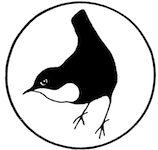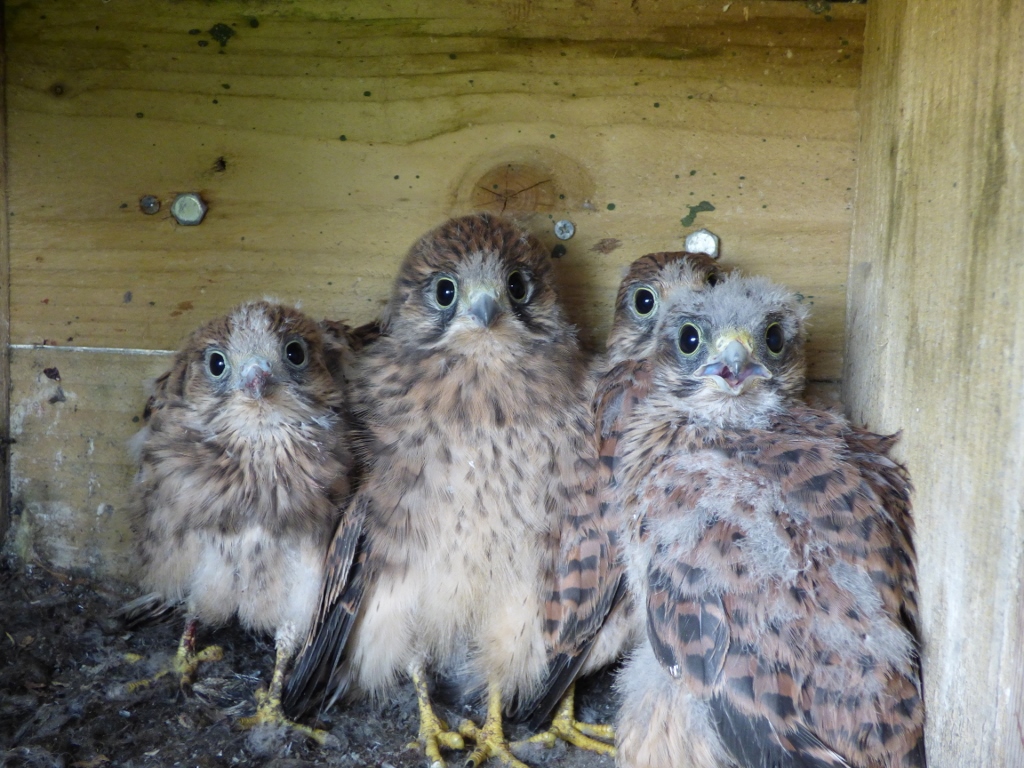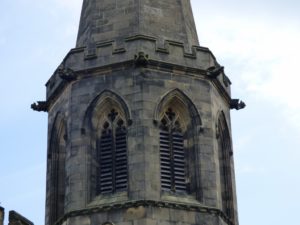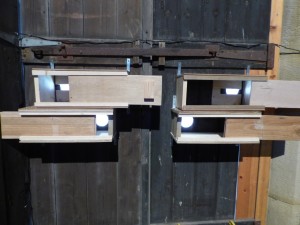Summary
After a very wet Friday we were blessed with a dry spell for our visit to Middleton Moor. The sun peeped through occasionally and the light improved towards the end of our circuit of the lagoons.
Middleton Moor is a site with a mixture of habitat, including open water, shallow scrapes, scrub, woodland and moorland edge. There is a small hide overlooking the main lagoon.
For much of the walk there were Meadow Pipits to be seen in flocks of varying sizes, mostly flying south but some feeding in a field. A few late swallows passed over too. We had good views of a Wheatear and a Kestrel, both with the help of Ken’s scope.
Members participating: 7
Bird list (27 species seen and/or heard)
| Grey Heron | Redshank | Chiffchaff |
| Teal | Black-headed Gull | Magpie |
| Mallard | Lesser black-backed Gull | Jackdaw |
| Tufted Duck | Woodpigeon | Rook |
| Sparrow Hawk | Skylark | Carrion Crow |
| Buzzard | Swallow | Starling |
| Kestrel | Meadow Pipit | Chaffinch |
| Pheasant | Robin | |
| Coot | Wheatear | |
| Golden Plover | Song Thrush |







